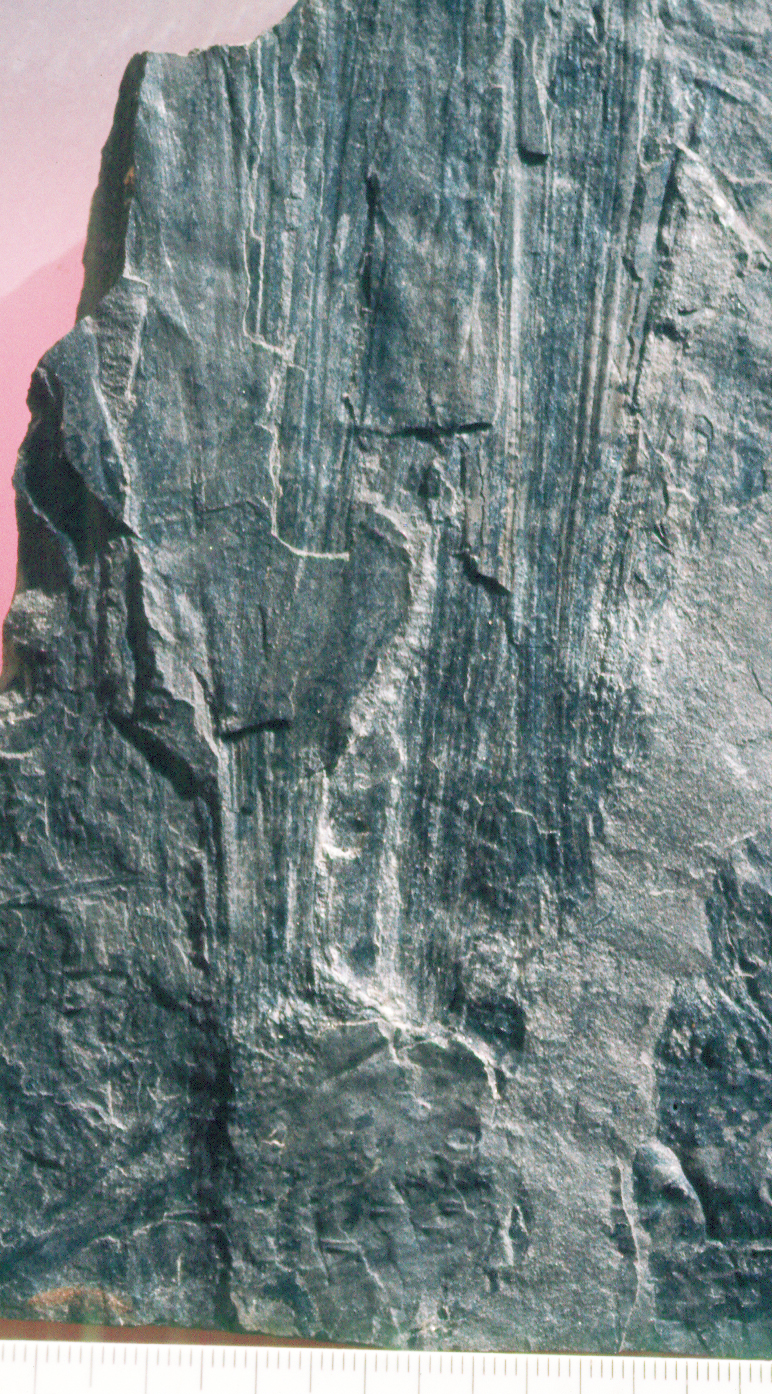Cylostrobus on:
[Wikipedia]
[Google]
[Amazon]


 ''Cylostrobus'' is genus of
''Cylostrobus'' is genus of


 ''Cylostrobus'' is genus of
''Cylostrobus'' is genus of Lycopsida
Lycopodiopsida is a class of vascular plants also known as lycopsids, lycopods, or lycophytes. Members of the class are also called clubmosses, firmosses, spikemosses and quillworts. They have dichotomously branching stems bearing simple leaves ...
most like ''Pleuromeia
''Pleuromeia'' is an extinct genus of lycophytes related to modern quillworts (''Isoetes''). ''Pleuromeia'' dominated vegetation during the Early Triassic all over Eurasia and elsewhere, in the aftermath of the Permian–Triassic extinction eve ...
'', but with very compact and round cones. It is known from the Early Triassic of Australia, coincident with a marked greenhouse spike at the end of the Early Triassic
The Triassic ( ; sometimes symbolized 🝈) is a geologic period and system which spans 50.5 million years from the end of the Permian Period 251.902 million years ago ( Mya), to the beginning of the Jurassic Period 201.4 Mya. The Triassic is t ...
. The genus ''Cylostrobus'' was erected for the compact cone only, in the paleobotanical system of form genera
Form classification is the classification of organisms based on their morphology, which does not necessarily reflect their biological relationships. Form classification, generally restricted to palaeontology, reflects uncertainty; the goal of sc ...
, but these small plants are well enough understood that the name ''Cylostrobus sydneyensis'' is used for the whole plant, rather than the old name ''Pleuromeia longicaulis''. Other species of ''Pleuromeia'' have attached cones that are less compact and produce different spores.
See also
*Evolution of plants
The evolution of plants has resulted in a wide range of complexity, from the earliest algal mats of unicellular archaeplastids evolved through endosymbiosis, through multicellular marine habitat, marine and freshwater green algae, to spore-beari ...
References
Prehistoric lycophytes Triassic plants Prehistoric lycophyte genera {{triassic-plant-stub